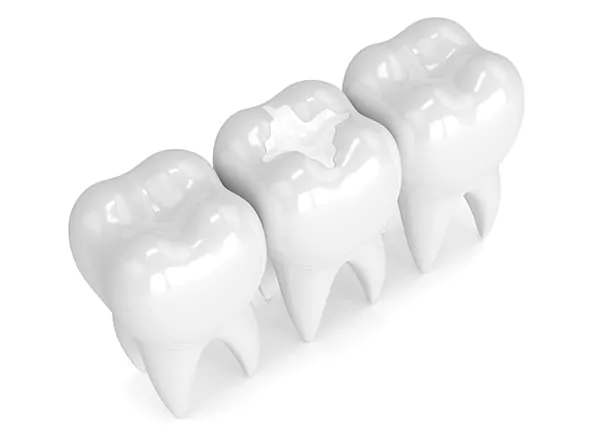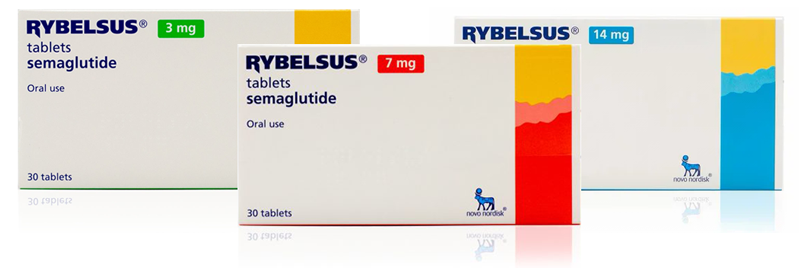Lower back pain treatment is necessary if the pain persists and worsens. Another red signal is that pain is traveling down to your leg and affecting your mobility.
Lower back pain should not be taken lightly. After all, it impacts your well-being and quality of life. Moreover, if the pain is persistent, it may be a sign of something serious. However, most people keep delaying their visit to the specialist because they don’t know what to expect. But, don’t worry! We have you covered. This blog is your comprehensive guide to what you can expect during a lower back pain treatment. We will also talk about what causes lower back pain and what are its symptoms.
Note: This content is for informational purposes only and can not replace medical care. If you need help with treatment, it is better you consult a professional.
What is lower back pain?
Before moving on to the lower back pain treatment process, we will first discuss what it exactly is. Lower back usually refers to the pain that occurs between the lower ribs and the buttocks. Moreover, patients suffering from lower back pain usually experience pain that can be sharp or dull. Also, many people describe the pain as burning.
People dealing lower back pain can have trouble moving, working, walking and sleeping. Besides, it usually gets better with self-care and rest. However, if it doesn’t go on its own, you should see a professional for lower back pain treatment.
Types of Lower Back Pain
There are three main types of lower back pain based on the time it lasts:
-
Acute (less that 6 weeks)
-
Sub-acute (6–12 weeks)
-
Chronic (more than 12 weeks)
“LBP is the single leading cause of disability worldwide and the condition for which the greatest number of people may benefit from rehabilitation.” – World Health Organization (WHO)
Lower Back Pain Treatment: What to Expect?
Now, let’s move on to the main topic: lower back pain treatment. While it mostly goes away on its own, it is necessary to see a specialist like Zachary NaPier, MD – Lower Back Pain, if the pain persists for more than 12 weeks. Here is a comprehensive guide for you so you know what to expect from the treatment.
-
Diagnosis of the Pain
The key to an effective treatment is an accurate diagnosis. Therefore, lower back pain specialists pay keen attention to this step. This helps them examine the areas from where the pain may be originating vertebrae, disks, muscles, ligaments, and tendons. Moreover, this involves an assessment of the medical history plus a physical examination. Most importantly, your healthcare provider may order a spine x-ray, CT scan, or MRI. Moreover, your doctor may suggest Electromyography (EMG) for the examination of nerves and muscles. Apart from this, blood or urine tests may also be required.
-
Non-Surgical Treatment
Lower back pain treatment either involves non-surgical or surgical methods – or even a blend of both sometimes. Moreover, the first priority is always given to non-surgical options, including physical therapies and spinal manipulation. These methods are beneficial in increasing flexibility, strengthening back and abdominal muscles, and improving posture. Regular use of these techniques will improve your condition and keep the pain at bay. Moreover, physical therapies help you modify your movements during pain.
-
Surgical Treatment Options
When physical therapies fail to provide long-term relief, the next step is surgical interventions. There are different options when it comes to surgery. Your specialist will choose the one that is best suited per your condition, root cause, and severity of the pain. Most people who need surgery usually experience pain radiating down to their leg(s). This may be because of disc problems or bone spurs. Moreover, only a specialist can guide you on the best possible treatment option for your needs.
-
Medication
You can get some medications for effective pain management. These include pain relievers like Nonsteroidal anti-inflammatory drugs (NSAIDs). You can get many of these without a prescription too. However, avoid overuse and see a specialist if they don’t affect the pain. Other medications include topical pain relievers, muscle relaxants, and anti-depressants (for chronic back pain). However, you must avoid taking any medicine without the suggestion of your doctor.
What Causes Lower Back Pain?
As aforementioned, lower back pain is quite common among people of all ages. In fact, most people have or can experience it at some point in their life. Moreover, before seeking lower back pain treatment, it is important to assess what causes it. Well, pain in the lower back region (between lower ribs and buttocks) is caused because of several reasons.
Apart from this, there are many factors, that can put you at risk of lower back pain. These risk factors include age, obesity, lifestyle, and occupation. Anyhow, let’s move on to the causes of lower back pain:
Lower Back Pain Symptoms: When to See a Doctor?
There are several lower back pain symptoms. Some of them are mild and go away on their own – with proper care and rest. However, it they don’t, it is a sign that treatment is required. Here are some of the symptoms that indicate that it is time to see a professional for your condition:
-
Pain lasts for more than 12 weeks
-
Pain and numbness that travels down to legs
-
Bowel or bladder problems
-
Swelling or redness on your back
-
Pain is accompanied by fever
Conclusion
Like most body aches, people ignore back pain, assuming that it will go away with some rest. In some cases, this is true; back pain is relieved with some self-care measures. However, if it persists, you may be in the danger zone. Therefore, consider seeing a doctor for lower back pain treatment as early as possible. There are several options available for treatment but most people and clueless about them. This guide is for those who need reliable information on lower back pain treatment options for a better understanding of what they should expect.





